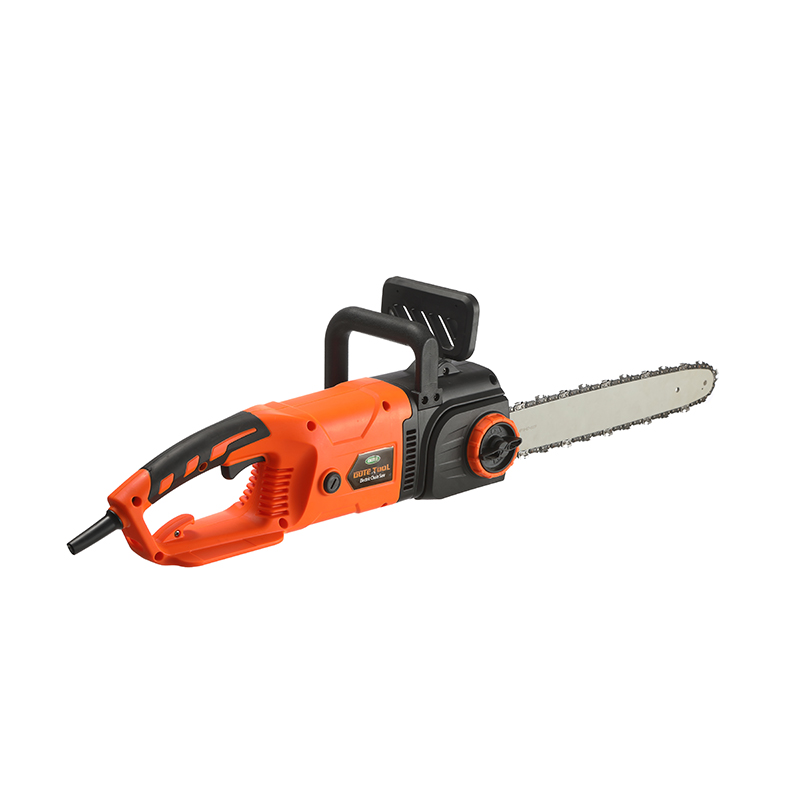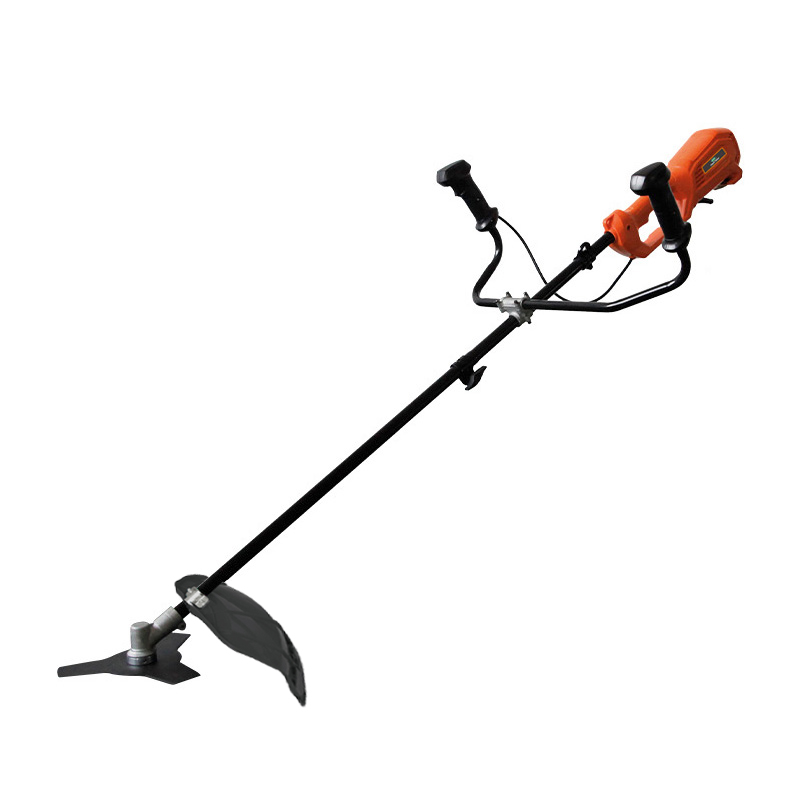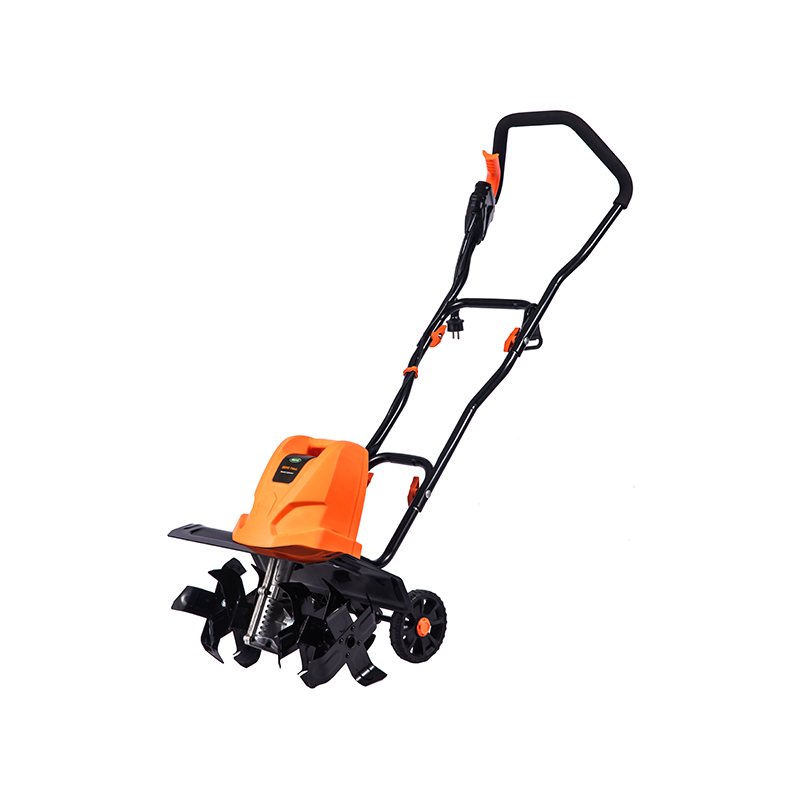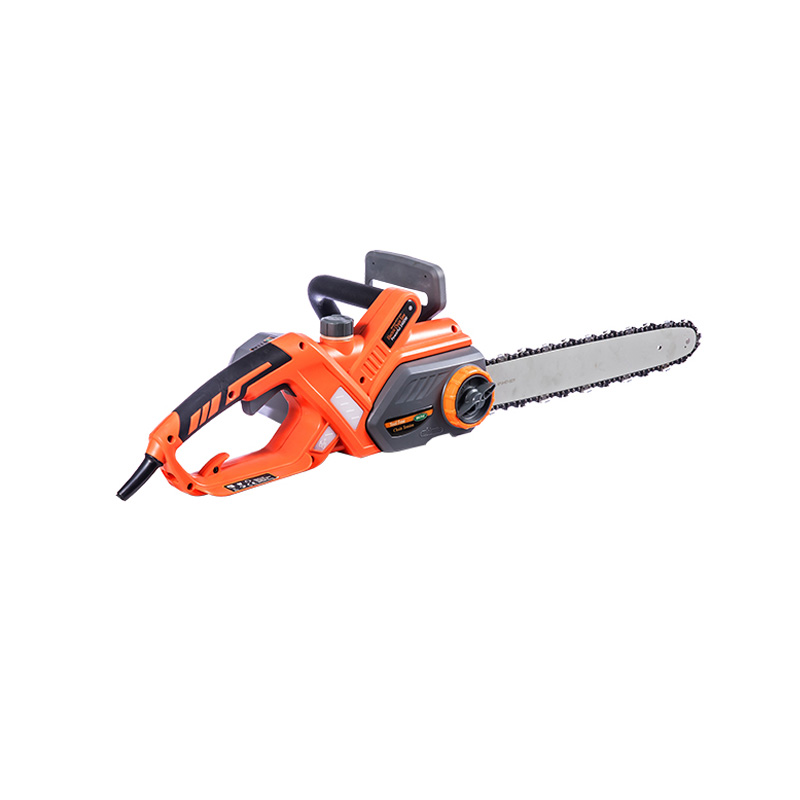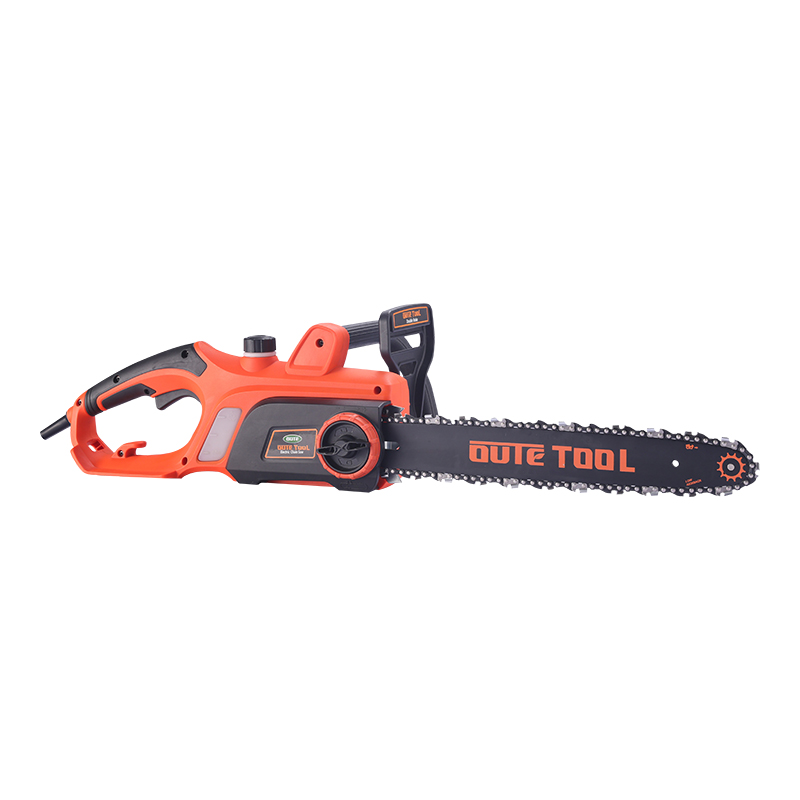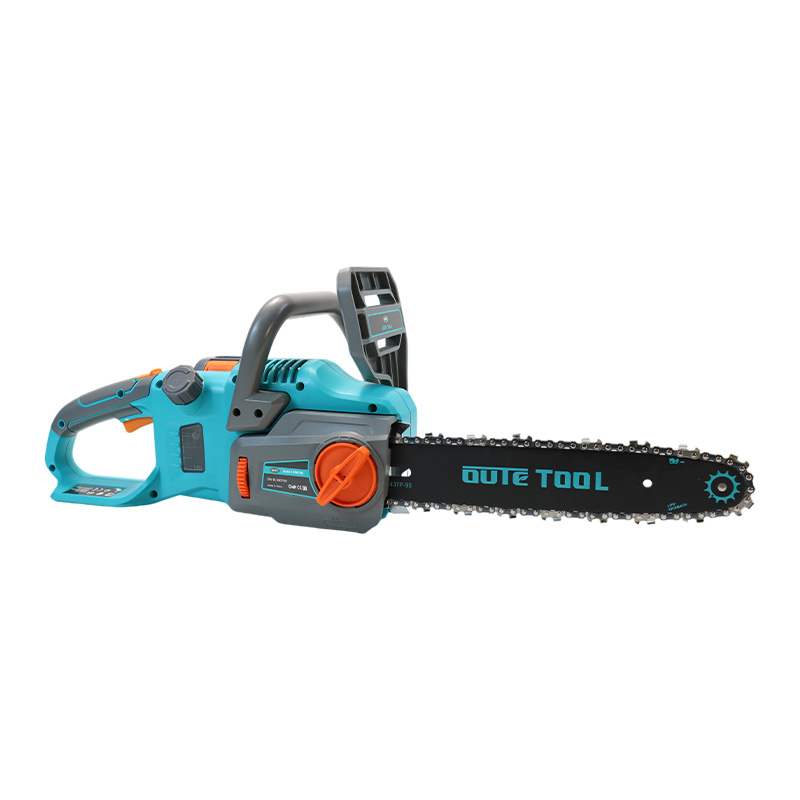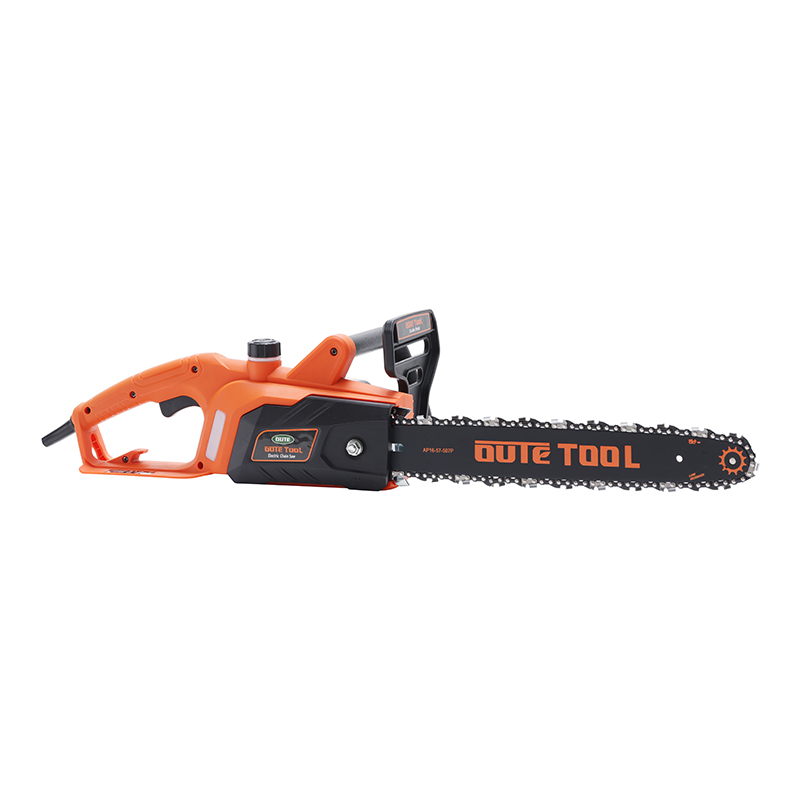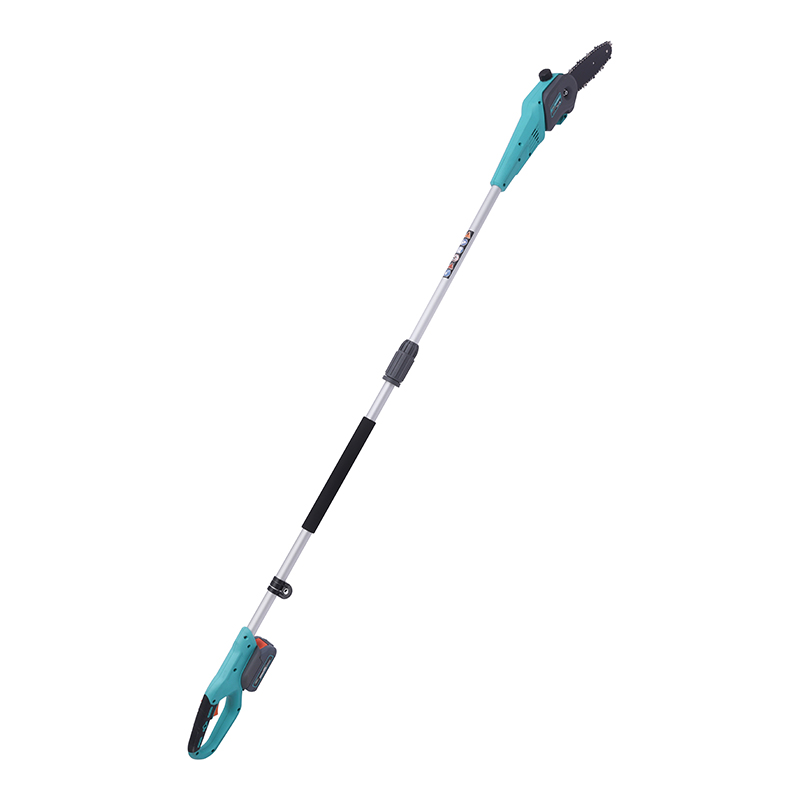The Powerful Chainsaw maintains its position in the contemporary landscaping and forestry equipment market because of its unparalleled ability to cut down trees, prune, and prepare firewood. Understanding the mechanical specifics, such as chain thickness and the bar-chain combinations unique to AC (alternating current) and DC (direct current) chainsaws, has become crucial for manufacturers, distributors, and end users alike due to the growing demand for efficiency, safety, and adaptability in both professional and home use.
Chain Thickness: Application-Based Variations and Industry Standards
The chain thickness, also known as the drive link gauge, is one of the key factors that determines how well a powerful chainsaw performs. This specification directly affects cutting efficiency, kickback safety, and wear resistance and establishes how tightly the chain fits into the guide bar.
Chains typically come in several standard gauges:
0.043 inch (1.1 mm)
0.050 inch (1.3 mm)
0.058 inch (1.5 mm)
0.063 inch (1.6 mm)
The 0.050-inch gauge is by far the common globally, accounting for approximately 60% of consumer and semi-professional chainsaw chains sold in North America and Europe, according to a 2024 market analysis by the Outdoor Power Equipment Institute (OPEI). Thinner chains (like 0.043 inch) are typically found on smaller battery-powered chainsaws and are used for lighter tasks such as pruning and cutting softwood limbs. Meanwhile, 0.058- and 0.063-inch chains are designed for professional-grade, powerful chainsaw models that are intended to perform in dense hardwood conditions and extended duty cycles.
AC Chainsaws: Favorite Bar-Chain Setups
Because of their constant power supply and comparatively low maintenance needs, AC chainsaws—typically corded electric models—are being utilized more and more in sawmills, workshops, and urban landscaping. AC-powered chainsaw units frequently work well with 0.050-inch gauge chains mounted on 16-inch to 18-inch bars because of their steady torque and RPM.
For example, a 16-inch guide bar and a 3/8-inch pitch, 0.050-inch gauge chain are standard on the Makita UC4051A, one of the top corded electric models in the United States, with over 50,000 units sold each year. With this configuration, limbs up to 14 inches in diameter can be cut smoothly, and even with prolonged use, there will be little chain stretching.

AC chainsaw bars are usually between 14 and 18 inches long, and this combination works in controlled settings with readily available power outlets. These devices are popular in indoor lumber operations and yard maintenance because of their exceptional ability to provide consistent cutting performance.
DC Chainsaws: Versatile Battery-Powered Tools with Customized Chain Specifications
The use of DC (battery-powered) chainsaw units has significantly increased with the development of lithium-ion technology. Prior to recent advancements in brushless motor design and high-capacity battery packs (such as 60V FlexVolt systems or 82V commercial packs), these models trailed behind gas and corded versions in terms of raw cutting power.
DC chainsaws frequently use narrow-kerf chains, especially the 0.043-inch or 0.050-inch gauge, in conjunction with 12-inch to 16-inch guide bars to account for power variability and weight restrictions. With a 12-inch bar and a 0.043-inch chain, the DeWalt DCCS620P1, a popular cordless, powerful chainsaw, for instance, enables users to cut up to 90 pieces of 4x4 pressure-treated lumber on a single battery charge.
Intriguingly, Arborist Monthly's 2023 field tests revealed that a 40V Powerful Chainsaw model with a 14-inch bar and a 0.043-inch chain cut through an 8-inch hardwood log in 8.2 seconds, only 2.1 seconds slower than its corded counterpart.
Choosing the right powerful chainsaw is not just about engine power or battery life; it’s about matching the correct chain thickness and bar length to the intended application. For heavy-duty log felling, a thicker chain with a longer bar—such as a 0.058-inch chain on a 20-inch bar—paired with a gas or professional AC-powered chainsaw is ideal. For compact and portable operations like pruning or light cutting, DC models with thinner chains and shorter bars are both efficient and convenient.
In 2024 alone, the global powerful chainsaw market grew by 9.3%, driven largely by advances in battery tech and a growing user base in residential landscaping. With such growth, understanding the chain thickness and bar-chain compatibility across AC and DC models becomes more than just technical trivia—it becomes a critical buying factor.
In conclusion, choosing the powerful chainsaw requires matching chain gauge and bar length to practical requirements, whether that be the lightweight agility of a DC model or the unrelenting torque of an AC-driven saw. Making educated decisions guarantees that both professionals and enthusiasts can fully utilize their powerful chainsaw for safe, quick, and accurate cutting, especially as manufacturers offer an ever-expanding range of configurations.
